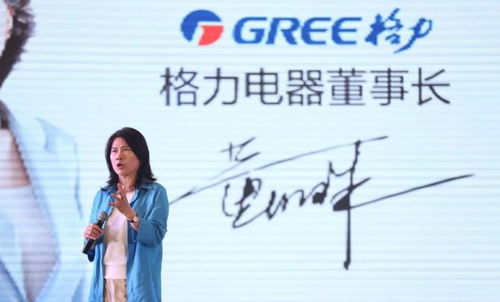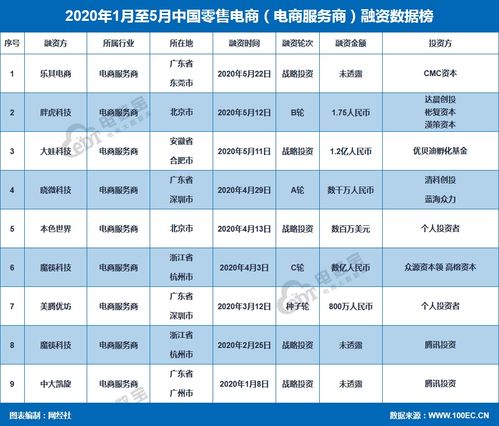电商平台监管投诉举报电话
Title: Tackling the Issue of Counterfeit Ecommerce through Regulatory Measures
Introduction:
With the growing popularity of online shopping, the rise of counterfeit goods being sold through ecommerce platforms has become a significant concern. This article aims to address the issue of fraudulent ecommerce and provide insights into the regulatory measures that can be implemented to combat this problem effectively.
1. Understanding the problem:
Counterfeit products on ecommerce platforms not only harm consumers but also undermine the reputation of reputable brands. These fraudulent activities include selling fake luxury items, pirated software, and imitation electronics. It is essential to recognize the economic and social consequences associated with counterfeit ecommerce and take adequate measures to control and prevent the spread of these illicit activities.
2. Strengthening legal frameworks:
To effectively tackle counterfeit ecommerce, governments should prioritize the development and implementation of robust legal frameworks. These frameworks should encompass stricter regulations and penalties for those found guilty of producing, distributing, or selling counterfeit products. By enforcing strong intellectual property laws and copyright protections, governments can deter counterfeiters and safeguard the interests of both consumers and legitimate businesses.
3. Collaboration between industry stakeholders:
Regulatory efforts should involve close collaboration between ecommerce platforms, brand owners, and law enforcement agencies. Ecommerce platforms should implement proactive measures to verify the authenticity of products and conduct regular audits of the sellers on their platforms. Additionally, brand owners should actively participate in reporting and identifying counterfeit products to facilitate swift action by authorities.
4. Creation of central databases:
The establishment of centralized databases containing information about counterfeit products can empower regulators, law enforcement agencies, and ecommerce platforms to identify and track fraudulent sellers effectively. These databases can facilitate realtime monitoring and analysis of ecommerce activities, enabling prompt action against counterfeiters.
5. Public awareness and education:
Educating consumers about the risks associated with counterfeit products is crucial in preventing the spread of fraudulent ecommerce. Governments, industry associations, and ecommerce platforms should collaborate to raise awareness through campaigns, advertisements, and informational materials. Consumers should be informed about the dangers of purchasing counterfeit goods, encouraging them to make informed decisions while shopping online.
6. International cooperation:
Counterfeit ecommerce is a global issue that requires international collaboration. Governments should work together to establish bilateral or multilateral agreements that facilitate the sharing of information, enforcement efforts, and capacity building to combat crossborder counterfeit trade effectively. Cooperation among customs authorities, law enforcement agencies, and trade organizations can help control the influx of counterfeit products at national borders.

Conclusion:
Combating counterfeit ecommerce requires a multidimensional approach involving regulatory measures, collaboration between industry stakeholders, public awareness campaigns, and international cooperation. By strengthening legal frameworks, enhancing collaboration, promoting public awareness, and facilitating global cooperation, governments can effectively regulate and minimize fraudulent ecommerce activities. Through these actions, the online shopping experience can become safer and more trustworthy for consumers, while legitimate businesses can thrive in a fair and transparent marketplace.











